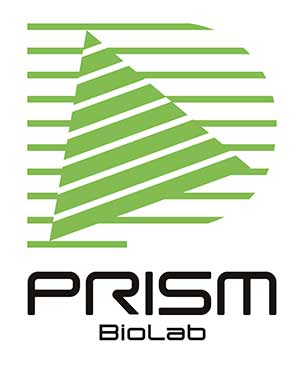In synthetic chemistry, optimization of reaction conditions is a huge task and most of the chemists learn various ways in the university and graduate school as a training. In many cases in the lab synthesis, intuition-based, trial-and-error campaigns are performed when faced with a difficult reaction to maximize the yield, shorten the reaction time, obtain the product with higher purity and so on.
This is the time of computational chemistry and machine learning and reaction conditions optimization could be automated now. Here is a thorough summary of the current state of reaction optimization, which would be a stimulus to synthetic chemists.1) It brings up the topics of OFAT, DoE, self-optimization and data-driven optimization.
The conventional, intuition- and observation-dependent way of optimization is called One Factor At a Time (OFAT). The advantage of OFAT is no necessity of calculation or model construction and chemists can run all the experiments for optimization by themelves. However, it is necessary to change possible combinations parameters and factors (temperature, equivalent, solvent, reagent, etc.) to make up one optimal condition for each experiment. This process is sometimes inaccurate and inefficient to achieve optimization in a real sense.
Design of Experiments (DoE) is another conventional and widespread way. DoE is a class of statistical methods aiming for a model construction to treat the parameters to obtain the desired output (yield, reaction time, purity etc.).
Screening, optimization and robustness are the essentials of DoE.2) After identification of the crucial factors and the requisite parameter range by screening, exploration of the optimum factor levels is performed on the optimization stage. Finally, the sensitivity of the model is tested to confirm the robustness.
DoE takes a bit of time but this methodology has a relatively low expertise barrier-to-entry because DoE software with high usability is available these days.
Kinetic modeling is often applied on reaction conditions optimization. It involves construction of a mechanistic model with hypothesis, aiming to understand the reaction process. It is chemical-process-based approach, which is different from the statistical one like DoE.
Kinetic modeling requires sophisticated knowledge and computational skill to perform but visual kinetic analysis has provided all the chemists an accessible framework for kinetic modeling.3) Without a need for coding or software, chemists can try the process-based approach for optimization.
Self-optimization is an automated approach for the discovery of optimal reaction conditions, especially for an automated process Self-optimization consists of 3 steps: optimization algorithm, automated reactor and automated analysis. Optimization is achieved through the iterative cycles of automated reaction execution and analyses with the conditioned algorithm. It is often used in flow and analytical chemistry as well as process chemistry.
Currently, algorithms for multi-objective optimization are available.4) Optimization problems
involves trade-offs between different outputs and balancing every objective is essential for efficiency. Multi-objective optimization allows to weight the objectives so as to reach the final goal.
Data-driven optimization in this age is focusing on machine learning. High-throughput (HT) experimentation-based approaches has long been conducted in pharmaceutical companies. Miniatured, nanoscale screening with 1536-well microtiter plates is possible for the purpose of HT screening. In reality, there is a problem of utilization in lab. It is difficult to operate a multi-well plate reaction without automation.
Owing to the HTE data accumulation and availability of databases from Elsevier, USPTO, and so on, prediction with machine learning for reaction condition optimization is in real. Machine learning requires high-quality datasets for training to make a reliable prediction. But the basis has already been constructed through the HTE-based approach as well as the database services.
Machine learning for reaction condition prediction was first demonstrated in 2018.9) The authors used a neural network architecture that reflect chemists’ intuition like OFAT. They performed the prediction of the optimal catalysts, solvents, reagents and temperature in a different reaction from what they used for the learning. The top-3 predictions showed 50% accuracy. Obviously, the result does not attract chemists but it worked as an important role for other groups to build up a model for precise prediction.
Reaction optimization is a serious problem of organic synthesis. It would be very worthy if a conditions of a reasonable yield with no difficulty in purification is readily be predicted. The current state is in general highly depends on individual expertise and it is the crucial value of a synthetic chemist.
Synthetic efficiency would increase by the aid of tools like DoE and machine learning. However, in the case of developing machine learning, data from the chemists are necessary as well. The cooperation among synthetic and computational chemists and engineers would be a must to solve this severe issue.
1) https://doi.org/10.1021/acs.chemrev.2c00798
2) https://doi.org/10.1007/s11094-019-02070-4
3) https://doi.org/10.1039/C8SC04698K
4) https://doi.org/10.1007/s10898-018-0609-2
5) https://doi.org/10.1021/acscentsci.8b00357

